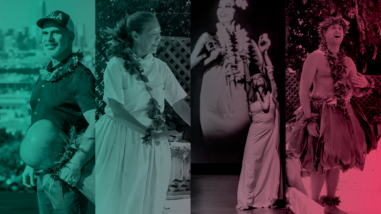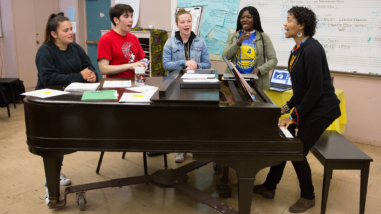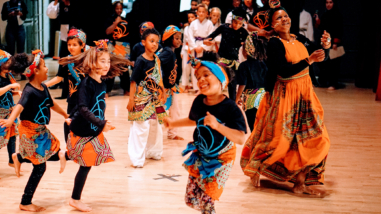Epiphany Dance Theater
For Support Of The 2008 And 2009 San Francisco Trolley Dance Projects
-
Amount$50,000
-
Program
-
Date Awarded7/28/2008
-
Term18 Months
-
Type of SupportProject
About the Grantee
Grantee Website
www.epiphanydance.org



